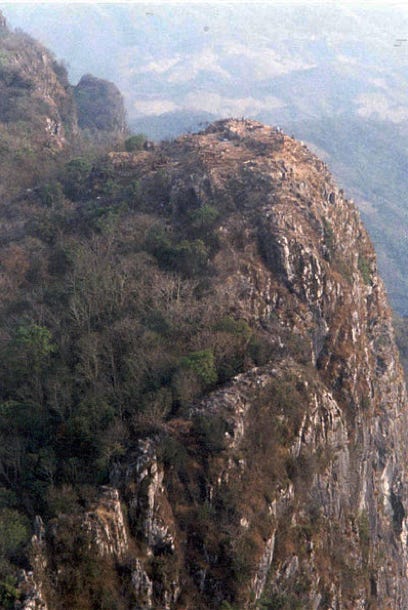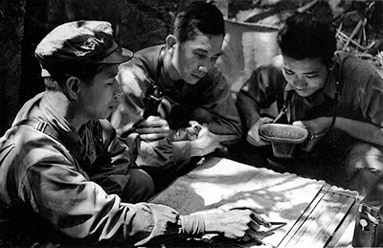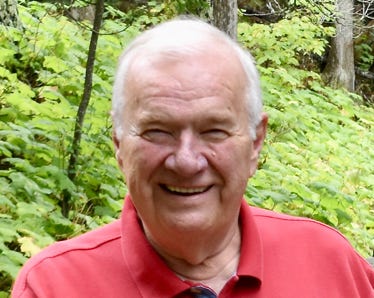DUTY, HONOR, COURAGE, RESILIANCE
Talking Proud: Service & Sacrifice

Lima Site 85, Laos: Exceptional Courage Against Impossible Odds
NVA Planning and Operations
The expansion of American and Hmong operations at LS-85 was happening in Houaphanh Province in Laos, the heart of NVA territory, a location where the NVA was strongest. The NVA was not going to stand for this American expansion.
The NVA in northern Laos had already launched a major spring offensive in 1966. It committed the most forces it had ever committed to that region. There were an estimated 39 enemy battalions in northern Laos in July 1965 and 63 in July 1966.
Between February and April 1966, the NVA employed one battalion and two regiments to capture the RLAF airfield at Thamla, 41 miles south-southwest of LS-85. It also used three regiments, one battalion, and heavy weapons to take Muong Hiam, about 33 miles southwest of LS-85. The Hmong took hefty losses. Furthermore, in early February 1966, the NVA overwhelmed the CIA's LS-36 at Na Khang. Fortunately, Vang Pao took it back in May 1966 but did so only with the help of massive USAF air power.
Major Wayne M. McDonnell, USA, wrote a thesis for his Master of Military Art and Science for the US Army Command and General Staff College entitled, “The NVA in Laos:1951-73.” McDonnell wrote that in September 1966, the NVA began planning to attack Phou Pha Thi. The NVA hosted a conference in nearby Sam Neua City and invited the Soviets and Chinese. I do not know if the US knew about this.
McDonnell wrote,
“In September 1966, a special planning conference was conducted at the headquarters of Group 959 in Sam Neua (Houaphan) Province … The purpose of the meeting was to determine the course of action against the secret United States base located on top of Phou Pha Thi mountain in North Laos.”
He said the NVA had several concerns with LS-85:
- It wanted to impede USAF air attacks against the NVN and Laos.
- The site’s growth potential worried the NVA. For example, the US might install surface-to-surface missiles there.
- Because of its height, the NVA saw Phou Pha Thi Mountain as crucial for controlling military forces in northern Laos.
- The NVA wanted to prevent the CIA and Hmong from using it as a staging base.
The Soviets and the Chinese did not like the idea. They believed it would take too long to plan and execute. The Chinese walked out of the conference. The Soviets stayed, saying they wanted the equipment that would be captured during the attack.
Chinese or no Chinese, the NVA continued planning. Initially, the NVA decided to use Pathet Lao troops against Phathi to avoid engaging the wrath of the US. Pathet Lao General Khamtay Siphandone was selected to lead the operation. He was the Chief of Staff for the Pathet Lao at the time. As an aside, from 1998 to 2009, he served as the president of Laotian.
The NVA instructed Khamtay to dispatch people to collect intelligence on the area. In mid-1967, General Khamtay explained to the NVA that his people had not been able to gather enough intelligence to plan and launch an operation against Phou Pha Thi.
That angered the NVA. It told Khamtay to withdraw his forces and decided to handle the operation themselves.
The NVA requirement was to conduct the operation within three months of a “Go” decision.
Go to next chapter: Radar Bombing
Click to zoom graphic-photo



